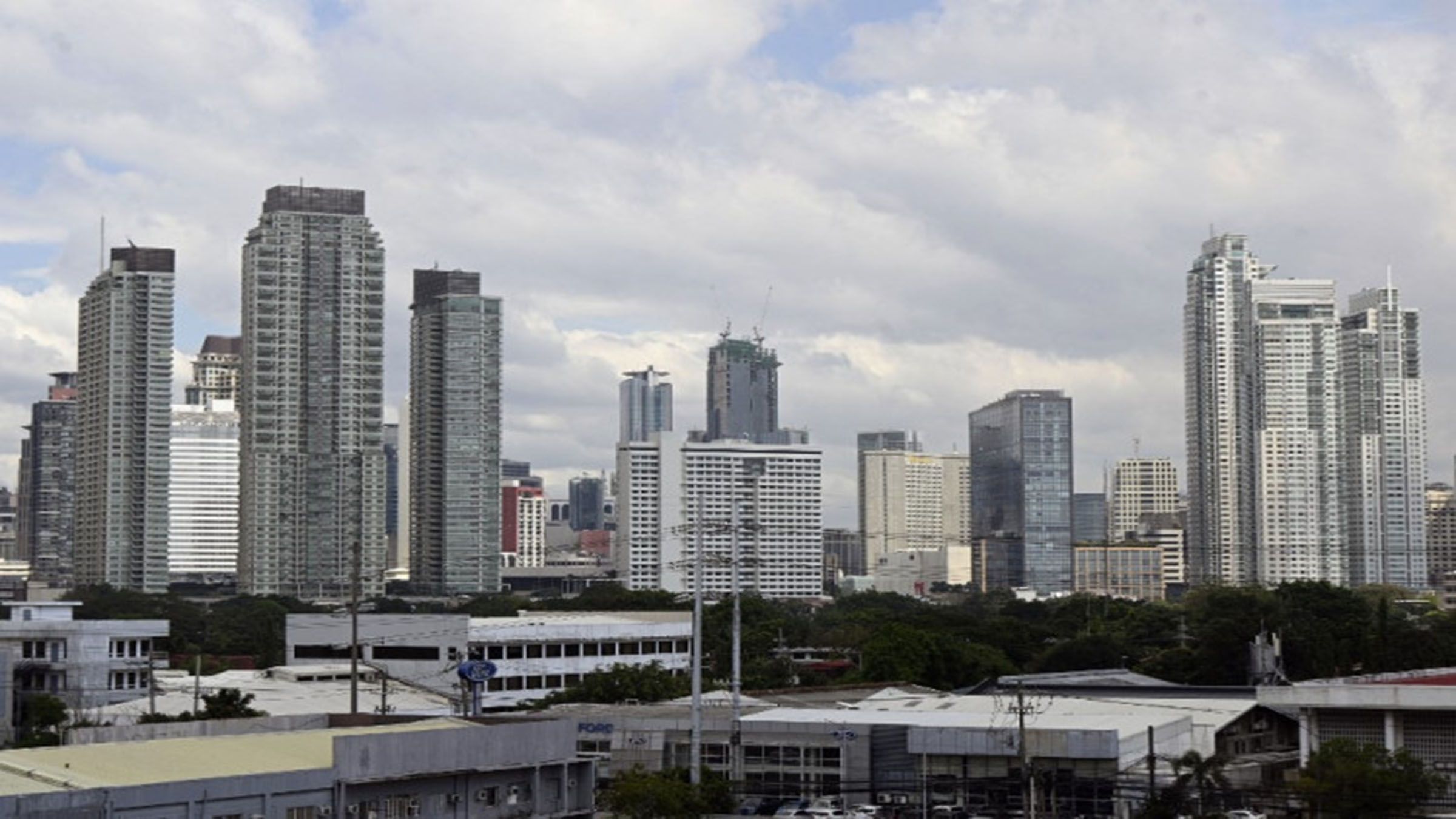Government and private sector economists, who have shared more optimistic forecasts for the country’s growth this year would certainly be disappointed at the Oxford Economics’ less than 5 percent growth forecast for the Philippines in 2023 and 2024 owing to the ‘sticky inflation’ that could dampen growth.
UK-based think tank, Oxford Economics does not think that the Philippines gross domestic product (GDP) would grow at 5 percent this year and next, below historical average set by the government.
At best growth would only be 4.1 percent this year and 4.5 percent next year on the back of sticky inflation which is expected to dampen demand, wrote Business Mirror of the think-tanks forecast.
The think tank is also concerned that the forecast of other institutions such as the International Monetary Fund (IMF) for the Philippines and other emerging markets, may be too optimistic.
“Although the downturn looks likely to be mild, the subsequent recovery may underwhelm. Demand will be challenged by potentially sticky inflation, overtightening in core central banks, and scarring to potential GDP,” Oxford Economics said.
IMF expects the country’s GDP growth to average 5 percent this year and 6 percent next year. Oxford Economics said this is 0.9 percentage points more than its forecast for 2023 and 1.5 percentage points more than its 2024 outlook.
If this happens, this would be the lowest growth the Philippines will register since 2020, the first pandemic year, when the economy contracted 9.5 percent. It may be noted that full-year GDP growth, excluding 2020, has consistently been growing faster than 5.5 percent since 2012.
Taken together, emerging markets are expected to post an average growth of 3.2 percent in 2023 and 4.2 percent in 2024.
While the outlook of Oxford Economics for these economies in 2024 is the same as the IMF forecast, the 2023 expectation is 0.8 percentage point less than IMF’s 4 percent projection.
“Stable or declining commodity prices, easing supply bottlenecks and weaker demand should produce a strong disinflationary dynamic. But our economists see significant risks coming from core inflation stickiness and forex volatility,” Oxford Economics said.
Core inflation, which excludes certain highly volatile food and non-food items, posted a 7.4-percent growth in January 2023. The Philippine Statistics Authority said this was the highest since April 1999 when core inflation reached 7.6 percent.
The increase in rent and food items such as onions caused headline inflation to surge to 8.7 percent in January. This was the highest since November 2008 when inflation clocked in at 9.1 percent.
If inflation persists and is followed by high wage increases, local economists expect this to lead to job losses. High inflation could translate to higher production losses incurred by firms nationwide and prompt businesses to lay off workers.
Local economists earlier expressed fear that job losses would be possible if businesses/industries would require more funds to pay for higher prices/inflation on inputs, investments, and other spending.
Tags: #GDP, #OxfordEconomics, #stickyinflation
